The United States is discussing the deployment of American military forces to Eastern Europe with its NATO allies, a senior administration official said Monday, as President Joe Biden weighs options for responding to Russian threats against Ukraine.
With Moscow massing more than 100,000 troops at its neighbor’s border and no diplomatic breakthrough in sight, the West is stepping up its response amid mounting fears an invasion could be imminent.
Conversations are underway with NATO countries that could receive U.S. military forces as part of a plan to deter Russian President Vladimir Putin’s aggression, the official said.
NATO said Monday that it was sending ships and fighter jets to Eastern Europe and that Washington “has also made clear that it is considering increasing its military presence in the eastern part of the Alliance.”
The White House said Biden plans to speak by video conference to European leaders in the afternoon about Russia’s military buildup on Ukraine’s border, including with NATO Secretary General Jens Stoltenberg, United Kingdom Prime Minister Boris Johnson, Polish President Andrzej Duda, French President Emmanuel Macron, German Chancellor Olaf Scholz and Italian Prime Minister Mario Draghi.
Biden was briefed by Defense Secretary Lloyd Austin on Saturday about U.S. options for responding if Russia invades Ukraine, as well as options for U.S. military movements in advance of an invasion, according to a defense official and a senior administration official.
Among the options presented for the U.S. military in advance of an invasion were bomber flights over the region, ship visits into the Black Sea and the moving of troops and some equipment from other parts of Europe into Poland, Romania and other countries neighboring Ukraine.
Austin presented options to reassure NATO allies and reinforce their defenses, specifically the defenses of those countries bordering Ukraine, the officials said. The goal is to show unity and strength within NATO and deter Russian aggression against allies in the region, the officials said.
Biden was at the presidential retreat at Camp David, Maryland, and Austin briefed him via a secure video teleconference. Joint Chiefs of Staff Chairman Gen. Mark Milley, was on the call. Generally the secretary briefs the president and then the chairman provides more operational specifics.
Some details of the briefing were previously reported by The New York Times.
Russia has repeatedly denied planning to invade and has blamed the West for stoking tensions.
“All this is happening not because of what we, Russia, are doing. This is happening because of what NATO, the U.S. are doing,” Kremlin spokesman Dmitry Peskov said during a conference call with reporters on Monday.
As Biden weighed his options, the State Department ordered family members of embassy employees in Kyiv to leave Sunday and authorized nonemergency diplomatic employees in Ukraine to depart. It also warned Americans not to travel to Ukraine or Russia, citing the possibility of Russian military action.
Ukraine criticized the move to withdraw diplomats’ families as “premature,” while U.S. allies were split on whether to immediately follow America’s lead, with the U.K. doing so but the European Union saying it would not for now.
The briefing for Biden included the latest intelligence that the Russian military has not stopped building up forces around Ukraine, the officials said.
Another defense official said Putin continues to add more military units and flow forces to the border areas around Ukraine. “He’s getting stronger, literally by the day,” the defense official said.
The officials would not say whether Biden approved any movements. The senior administration official did say some troops and assets could be repositioned “in the coming days.”
Air Force Gen. Tod Wolters, the commander of U.S. European Command and supreme allied commander Europe, has been preparing options for weeks, the defense official and the senior administration official said. Wolters has the authority to move some forces around his theater, but he is keeping Austin and military leaders informed given the gravity of the situation, the officials said.
Meanwhile, NATO said early Monday that it was putting extra forces on standby and sending more ships and fighter jets to the region, including beefing up its “deterrence” presence in the Baltic Sea.
“NATO will continue to take all necessary measures to protect and defend all Allies, including by reinforcing the eastern part of the Alliance. We will always respond to any deterioration of our security environment, including through strengthening our collective defense,” Stoltenberg said.
Also Monday, the U.S. military and NATO begin Exercise Neptune Strike ’22 , which includes training with NATO allies for capabilities that could be used against Russia. As part of the exercise, the USS Harry S. Truman carrier strike group will conduct long-range strike training and anti-submarine warfare training from the Mediterranean.
Pentagon press secretary John Kirby said the exercise is “designed to demonstrate NATO’s ability to integrate the high-end maritime strike capabilities of an aircraft carrier strike group, to support the deterrence and defense of the alliance.”
Max Burman contributed.

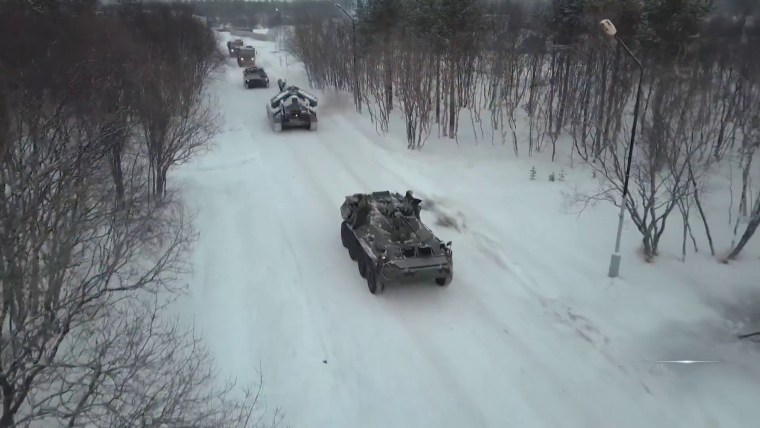
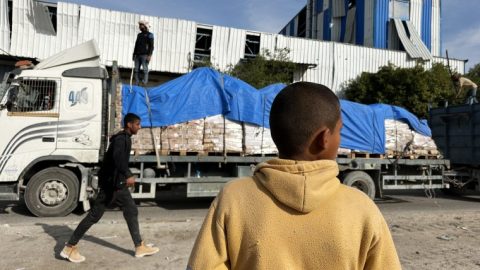
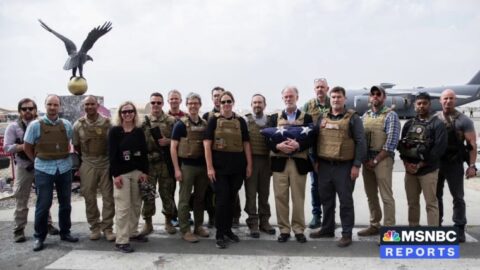
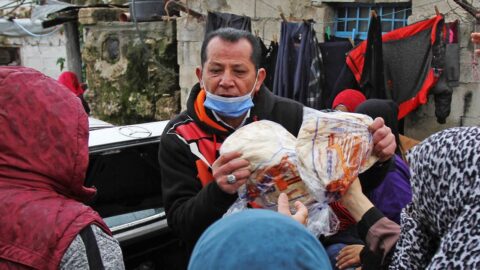
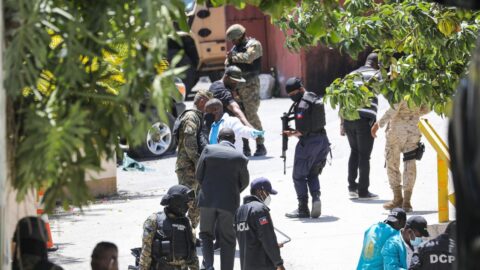


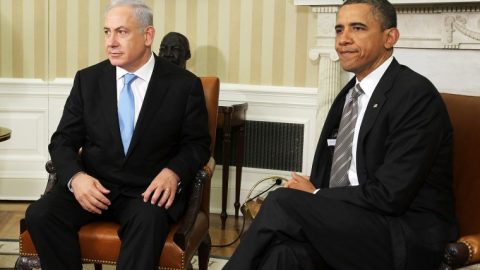
Recent Comments